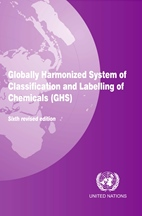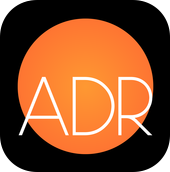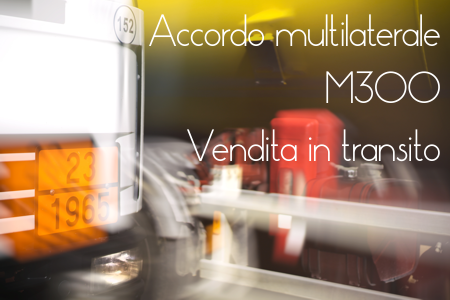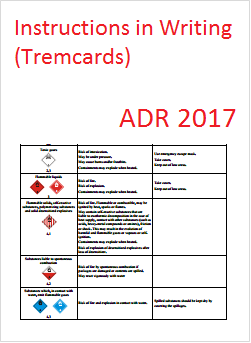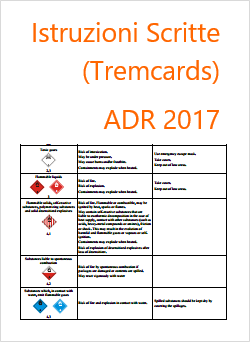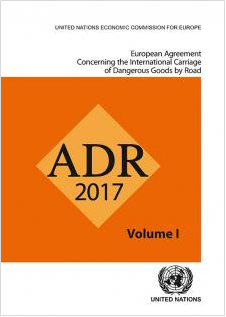Globally Harmonized System of Classification and Labelling of Chemicals (GHS)
Seventh revised edition
Files PDF available to download of the 7th revised edition of the GHS.
To view and download the files of each chapter individually:
Foreword and table of contents
Part 1: Introduction
Part 2: Physical hazards
Part 3: Health hazards
Part 4: Environmental hazards
Annexes
Annex 1: Classification and labelling summary tables
Annex 2: (Reserved)
Annex 3: Codification of hazard statements, codification and use of precautionary statements, codification of hazard pictograms and examples of precautionary pictograms
Annex 4: Guidance on the preparation of Safety Data Sheets
Annex 5: Consumer product labelling based on the likelihood of injury
Annex 6: Comprehensibility testing methodology
Annex 7: Examples of arrangements of the GHS label elements
Annex 8: An example of classification in the Globally Harmonized Systems
Annex 9: Guidance on hazards to the aquatic environment
Annex 10: Guidance on transformation/dissolution of metals and metal compounds


